America’s vintage neon landscapes create photography opportunities that transport viewers back to the era when colorful glass tubes defined urban nightlife and roadside commerce. These glowing streetscapes fuse nostalgic architecture with dramatic lighting conditions that challenge photographers—yet reward patience with images capturing both historical character and contemporary artistry. The best neon photography locations balance authentic historical preservation with enough remaining businesses to maintain the energy that makes these streets come alive after dark.
Here’s a list of 17 vintage neon streets that provide exceptional opportunities for night photography enthusiasts seeking to capture America’s illuminated heritage.
Fremont Street, Las Vegas, Nevada

Downtown Las Vegas preserves the city’s original neon heritage beneath a massive LED canopy that creates unique lighting conditions for photographing vintage signs alongside modern technology. The Golden Nugget, Four Queens, and other classic casinos maintain their original neon facades while the overhead Fremont Street Experience adds dynamic light shows that change throughout the evening.
Street performers and crowds create human elements that add life to architectural photography, while multiple viewing angles allow creative compositions that emphasize different aspects of the historic district. The area’s pedestrian-only design eliminates traffic concerns while ensuring that photographers can safely position themselves for optimal shots during busy weekend evenings.
The Strip, Las Vegas, Nevada

Las Vegas Boulevard’s most famous section combines vintage neon landmarks with contemporary LED installations, creating photography opportunities that span decades of illuminated advertising design. The Welcome to Fabulous Las Vegas sign anchors the southern end, while classic casinos like Flamingo and Caesar’s Palace maintain neon-inspired elements alongside modern digital displays.
The Neon Museum’s outdoor exhibition provides additional context for understanding the evolution of Las Vegas signage, while the working signs on the Strip demonstrate how neon continues influencing contemporary design. Traffic and crowds require careful timing and positioning, but the constant activity ensures that human elements add energy to architectural compositions.
Like Travel Pug’s content? Follow us on MSN.
Broadway, Nashville, Tennessee
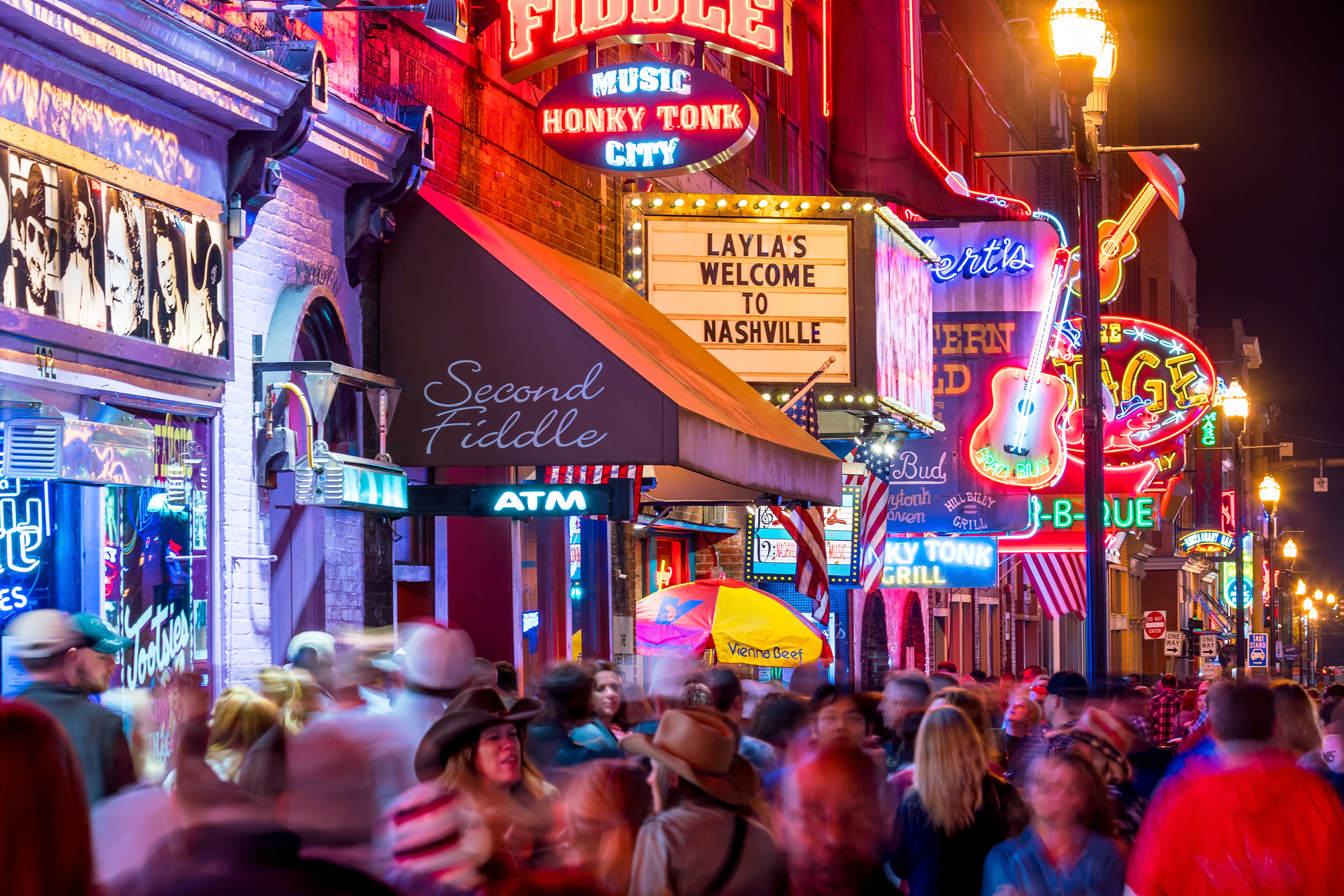
Nashville’s Broadway district maintains its honky-tonk heritage through vintage neon signs that advertise live music venues, Western wear shops, and tourist attractions along the city’s most famous entertainment corridor. Tootsies Orchid Lounge, Robert’s Western World, and other legendary venues preserve their original neon installations, while newer businesses adopt period-appropriate signage that maintains the street’s visual continuity.
The area’s compact geography concentrates multiple neon signs within walking distance, while live music venues ensure steady foot traffic that adds an authentic atmosphere to nighttime photography sessions. The combination of country music heritage and vintage advertising creates uniquely American imagery that reflects regional culture through commercial art.
Beale Street, Memphis, Tennessee
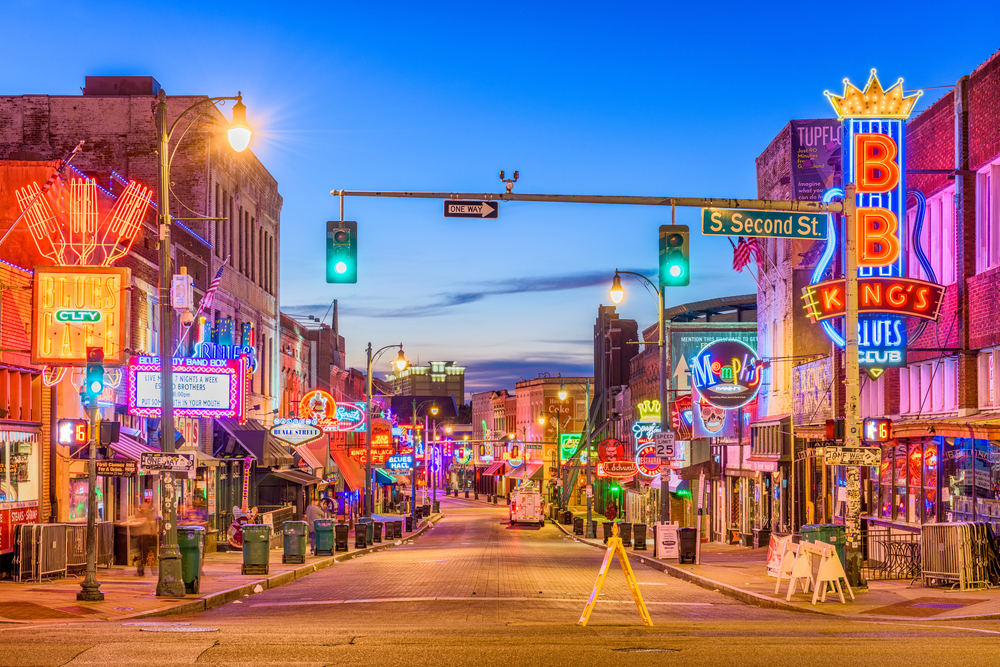
Memphis’s Beale Street combines blues heritage with vintage neon that advertises music venues, restaurants, and shops along the historic corridor where musical legends like B.B. King and Muddy Waters performed regularly. The street’s neon signs reflect the area’s musical heritage through guitar-shaped installations, musical note motifs, and club names that reference blues and rock history.
Multiple music venues maintain live performance schedules that create authentic energy, while vintage neon provides the visual backdrop that connects contemporary performers with historical traditions. The area’s pedestrian focus eliminates traffic concerns while ensuring that photographers can capture both architectural details and street life that demonstrate the continuing vitality of American musical heritage.
Route 66, Williams, Arizona
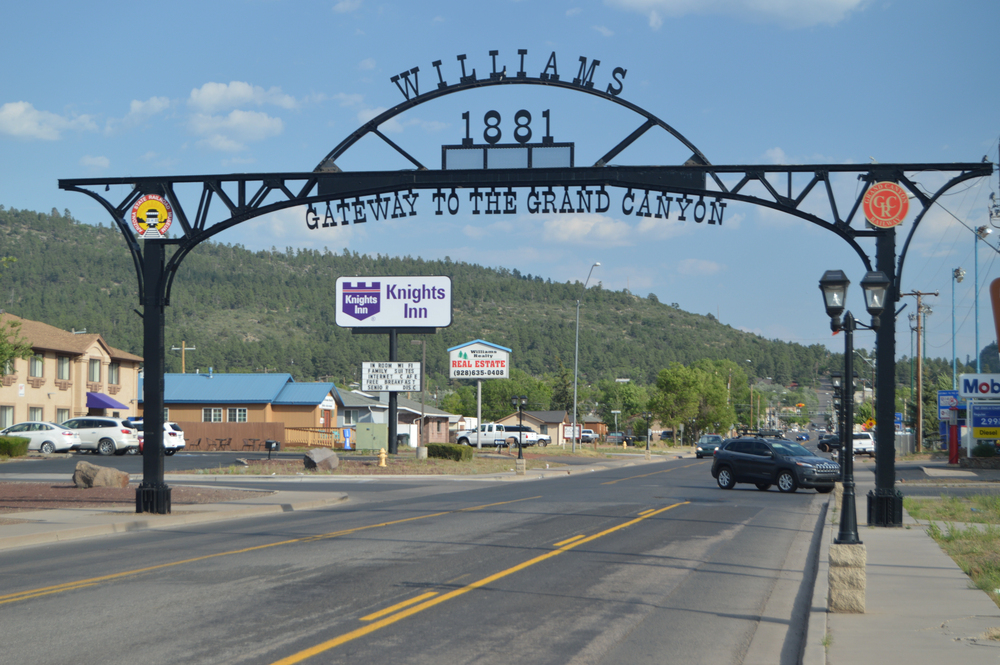
Williams preserves its role as the ‘Gateway to the Grand Canyon’ through vintage neon motel signs, restaurant advertisements, and automotive service stations that recall the golden age of American road trips. The Grand Canyon Railway Hotel, Rod’s Steak House, and other businesses maintain period-appropriate neon installations, while the town’s commitment to Route 66 heritage ensures that new signs complement rather than compete with historical elements.
The area’s small-town scale allows photographers to capture entire streetscapes, while the desert setting provides dark skies that emphasize neon colors without urban light pollution. Train schedules and tourist traffic create predictable patterns that help photographers plan sessions around optimal lighting conditions and crowd levels.
Like Travel Pug’s content? Follow us on MSN.
Central Avenue, Albuquerque, New Mexico
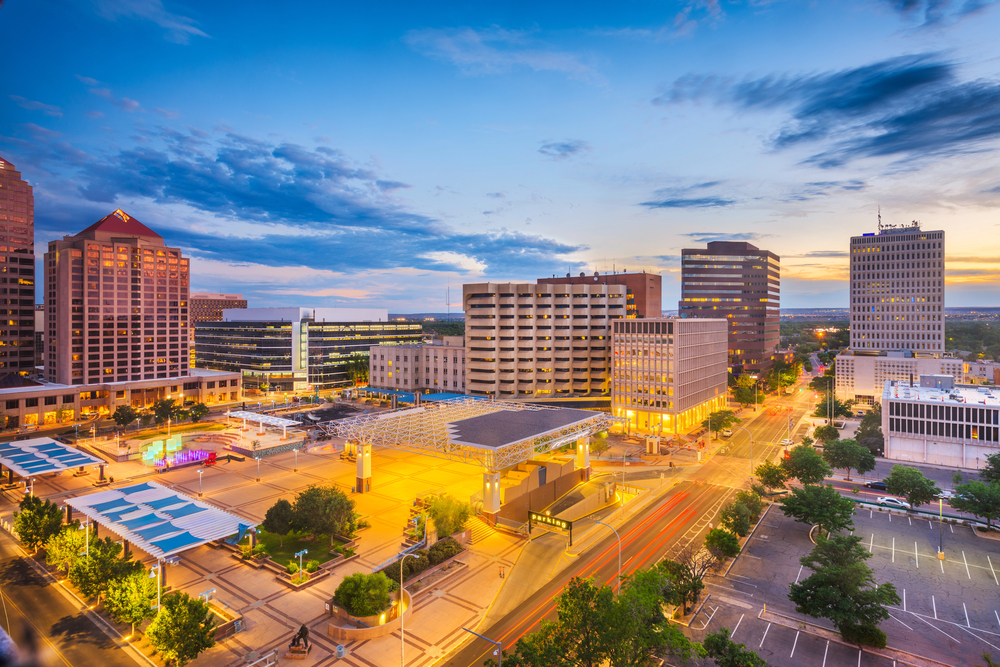
Albuquerque’s Central Avenue follows the original Route 66 alignment through the city center, preserving vintage neon motels, restaurants, and businesses that served cross-country travelers during the highway’s heyday. The El Vado Motel, 66 Diner, and other establishments maintain authentic neon installations while the area’s ongoing revitalization brings new energy without compromising historical character.
The street’s linear arrangement allows photographers to capture multiple signs in single compositions, while the high desert setting provides clear atmospheric conditions that enhance neon visibility. The University of New Mexico campus nearby ensures steady foot traffic while the area’s cultural diversity creates authentic street life that complements architectural photography.
South Beach, Miami, Florida

Miami Beach’s Art Deco Historic District combines vintage neon with pastel architecture that creates photography opportunities unique to South Florida’s subtropical setting. Ocean Drive’s hotels, restaurants, and nightclubs maintain period-appropriate neon installations, while the area’s beach proximity provides additional compositional elements that distinguish Miami neon from desert or urban contexts.
The district’s compact geography concentrates multiple vintage signs within walking distance, while the area’s nightlife ensures continuing activity that adds human elements to architectural photography. International tourism creates diverse crowds, while the warm climate allows comfortable nighttime photography sessions throughout the year.
Times Square, New York City

While heavily commercialized, Times Square maintains vintage neon elements alongside contemporary LED installations that demonstrate the evolution of illuminated advertising in America’s most famous commercial district. Classic theater marquees preserve traditional neon technology, while modern digital billboards create layered lighting conditions that challenge photographers seeking to balance different light sources within single compositions.
The area’s intense activity requires careful timing and positioning, but the constant energy ensures dynamic human elements that add life to architectural documentation. Multiple viewing angles from street level and elevated positions allow creative approaches to capturing both individual signs and the overall spectacle of America’s most concentrated neon environment.
Like Travel Pug’s content? Follow us on MSN.
Bourbon Street, New Orleans, Louisiana

New Orleans’s Bourbon Street combines vintage neon with French Quarter architecture, creating photography opportunities that reflect the city’s unique cultural heritage through illuminated commercial art. Jazz clubs, restaurants, and bars maintain neon installations that complement rather than overwhelm the area’s 18th and 19th-century buildings, while the street’s narrow width creates intimate lighting conditions that enhance neon visibility.
The area’s 24-hour activity ensures continuing opportunities for street photography, while the diverse crowd reflects New Orleans’s role as both a local entertainment district and an international tourist destination. The combination of vintage neon and historic architecture creates compositions that are distinctly American yet influenced by French and Spanish colonial heritage.
Sunset Strip, Los Angeles, California
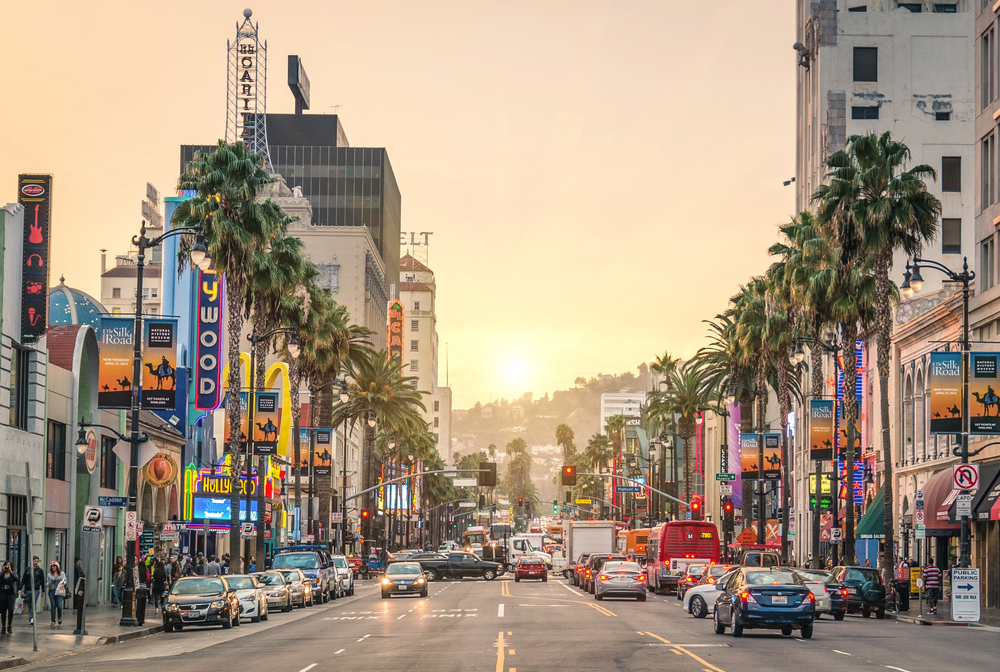
Los Angeles’s Sunset Strip preserves vintage neon landmarks like the Whisky a Go Go and Rainbow Bar & Grill while maintaining its role as a center for contemporary music and entertainment. The area’s association with rock music history adds cultural context to architectural photography, while the continuing presence of music venues ensures authentic energy that connects past and present.
Traffic on Sunset Boulevard requires careful timing for street-level photography, but the area’s elevated sections provide viewing angles that allow creative compositions emphasizing the relationship between neon signage and the surrounding cityscape. The combination of music heritage and vintage advertising creates imagery that reflects Los Angeles’s role in American entertainment history.
Colfax Avenue, Denver, Colorado
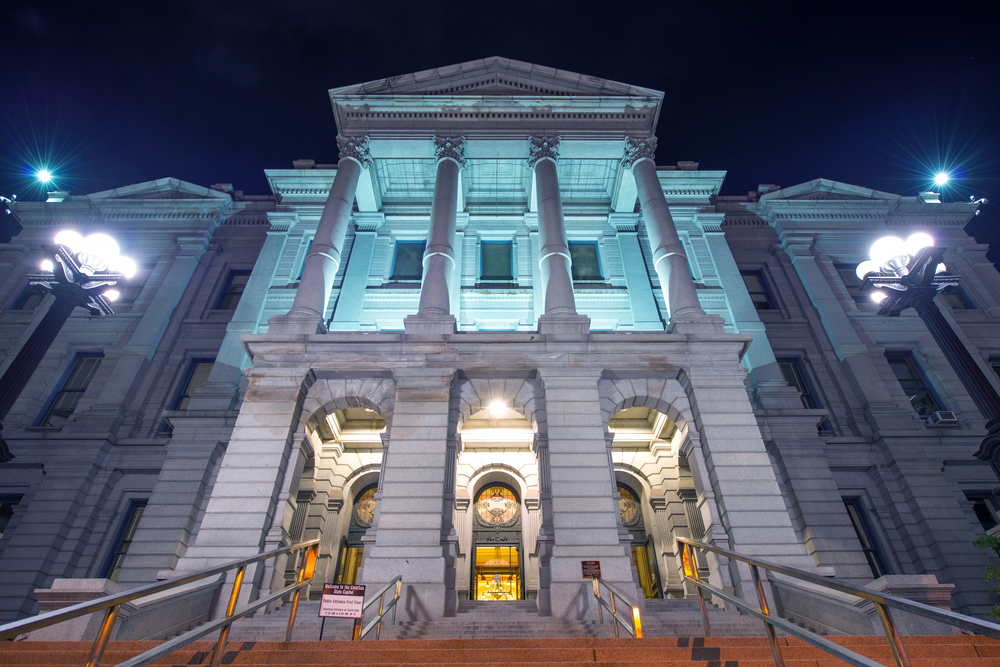
Denver’s Colfax Avenue maintains vintage neon motels, bars, and restaurants along what was once the longest continuous commercial street in America, creating photography opportunities that reflect mid-20th-century roadside architecture. The Satire Lounge, Tom’s Diner, and other establishments preserve authentic neon installations, while the street’s ongoing cultural renaissance brings new energy without overwhelming historical character.
The area’s linear arrangement allows photographers to capture multiple signs while the high altitude and dry climate provide clear atmospheric conditions that enhance neon visibility against a dark mountain backdrop. The street’s reputation for local music venues and dive bars creates an authentic atmosphere that adds cultural context to architectural documentation.
Like Travel Pug’s content? Follow us on MSN.
Congress Avenue, Austin, Texas
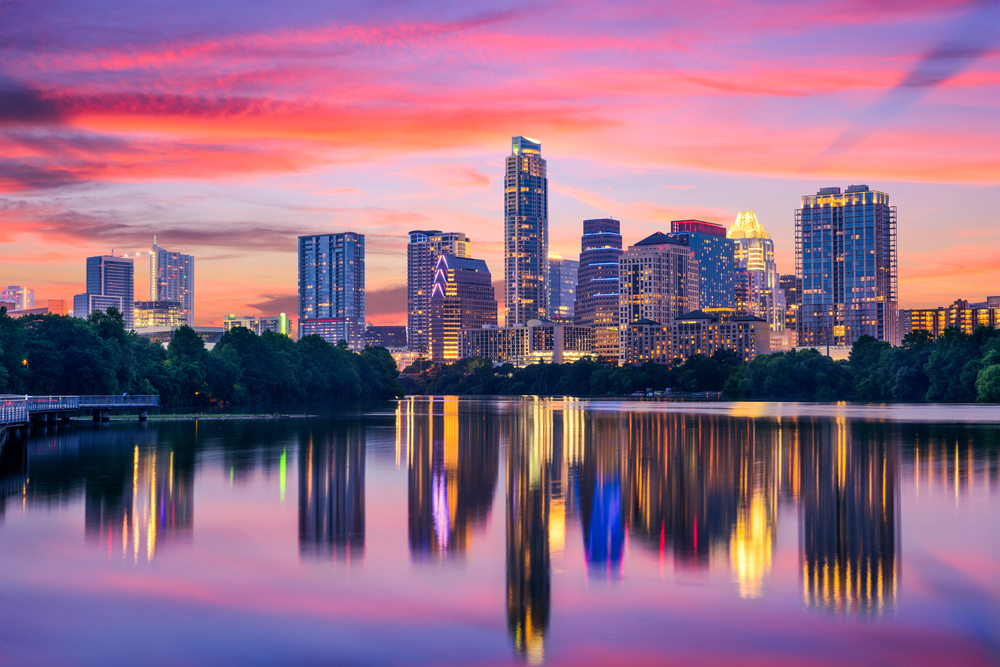
Austin’s Congress Avenue combines vintage neon with contemporary installations that reflect the city’s ‘Keep Austin Weird’ philosophy while maintaining connections to Texas roadside heritage. The Continental Club, Threadgill’s, and other music venues preserve neon signs that complement the street’s role in Austin’s live music scene, while newer businesses adopt vintage-inspired signage that maintains visual continuity.
The area’s compact entertainment district concentrates multiple neon installations within walking distance, while the city’s cultural emphasis on live music ensures continuing activity that adds authentic energy to nighttime photography sessions. The combination of vintage neon and contemporary music culture creates imagery that reflects Austin’s unique position in American cultural geography.
Pike Place Market, Seattle, Washington

Seattle’s Pike Place Market maintains vintage neon signs that advertise the market’s fish vendors, produce stands, and specialty shops while preserving the commercial heritage that makes this one of America’s oldest continuously operating farmers’ markets. The market’s covered arcade creates controlled lighting conditions, while the variety of neon installations provides multiple compositional opportunities within a compact geographic area.
The area’s continuing operation as a working market ensures authentic activity throughout operating hours, while the tourist popularity adds diverse human elements that complement architectural photography. The combination of vintage neon and continuing commercial activity creates images that demonstrate how historical preservation can support contemporary economic vitality.
Mill Avenue, Tempe, Arizona
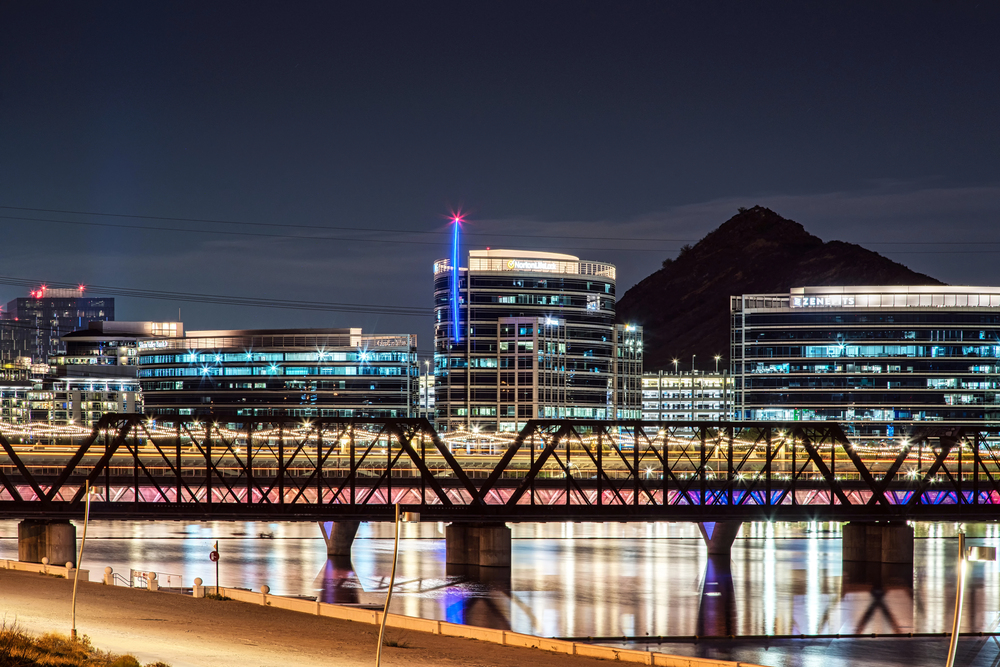
Tempe’s Mill Avenue preserves vintage neon from its days as a classic college town strip while maintaining its role as the entertainment center for Arizona State University students and faculty. Casey Moore’s Oyster House, Long Wong’s, and other establishments maintain period-appropriate neon installations while the area’s ongoing redevelopment brings contemporary elements that complement rather than overwhelm historical character.
The street’s proximity to Arizona State University ensures steady foot traffic, while the desert setting provides dark skies that emphasize neon colors without significant light pollution. The combination of vintage neon and college town energy creates photography opportunities that reflect changing American youth culture through preserved commercial architecture.
Like Travel Pug’s content? Follow us on MSN.
State Street, Madison, Wisconsin
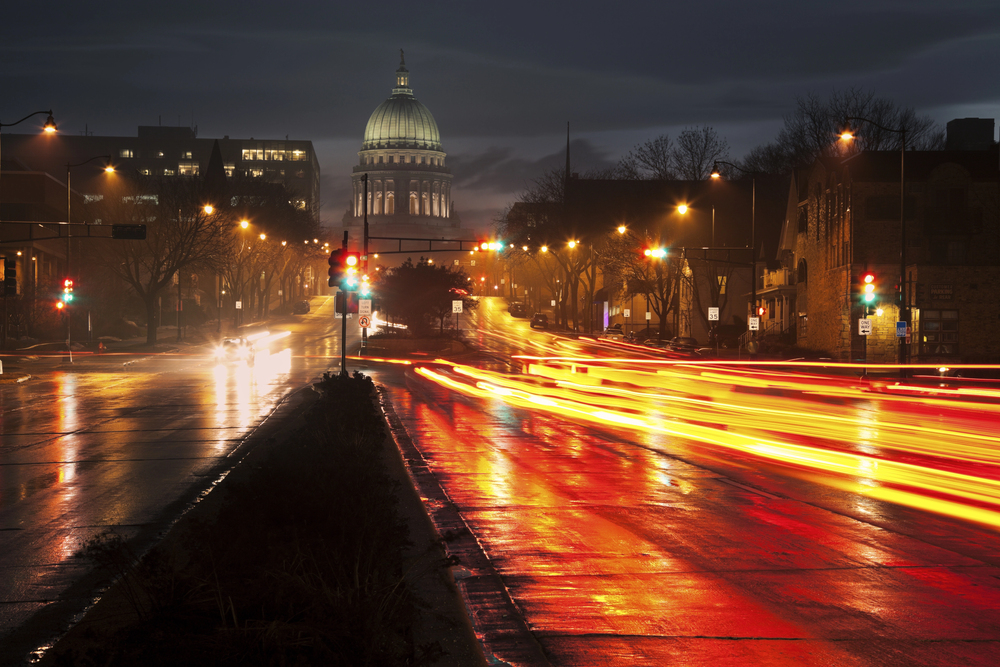
Madison’s State Street connects the University of Wisconsin campus with the state capitol building through a pedestrian mall lined with vintage neon signs that advertise bookstores, restaurants, and entertainment venues serving both students and government workers. The street’s pedestrian-only design eliminates traffic concerns, while the variety of neon installations provides multiple compositional opportunities within easy walking distance.
The area’s role as both college town and state capital creates diverse crowds, while the continuing presence of local businesses ensures authentic energy that adds cultural context to architectural photography. Winter conditions create unique opportunities for photographing neon reflections on snow and ice, while summer brings outdoor dining that adds human activity to street scenes.
University Avenue, Palo Alto, California
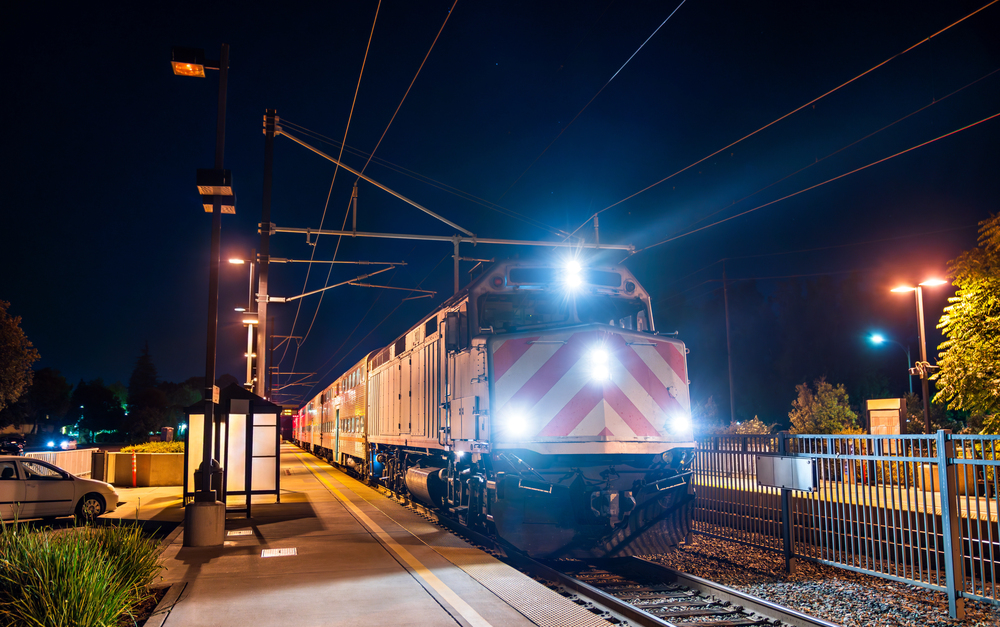
Palo Alto’s University Avenue maintains vintage neon from its mid-century development while serving contemporary Silicon Valley culture, creating photography opportunities that reflect California’s technological evolution through preserved commercial architecture. The Stanford Theatre, Ramona Street Architectural District, and other landmarks preserve neon installations, while the area’s continuing role as a commercial center ensures authentic activity throughout evening hours.
The street’s tree-lined design creates natural framing elements, while the Mediterranean Revival architecture provides a distinctive backdrop that distinguishes California neon from other regional styles. The combination of vintage advertising and contemporary technology culture creates imagery that reflects changing American economic patterns through preserved streetscape elements.
South Street, Philadelphia, Pennsylvania
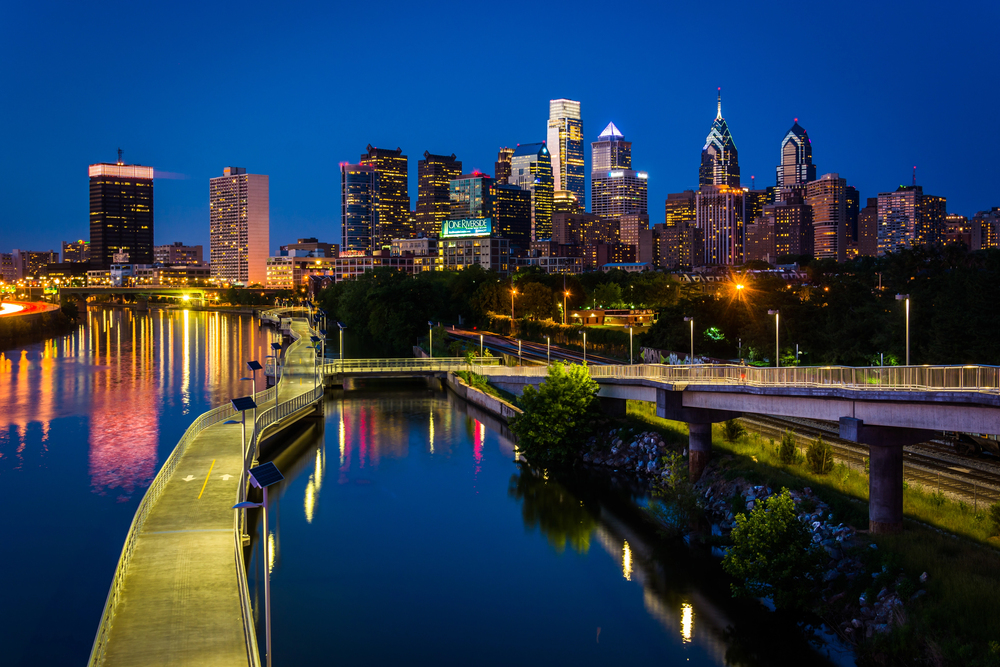
Philadelphia’s South Street combines vintage neon with contemporary installations along the historic corridor that connects Center City with South Philadelphia neighborhoods. Jim’s Steaks and other longtime businesses maintain neon signs that reflect the street’s countercultural heritage, while newer establishments adopt vintage-inspired signage that maintains the area’s visual character.
The street’s role in Philadelphia’s alternative culture scene ensures continuing activity while the diverse mix of businesses provides variety in neon styles and commercial messages. The area’s compact geography allows photographers to capture multiple signs while the urban setting provides authentic street life that adds human elements to architectural documentation.
Like Travel Pug’s content? Follow us on MSN.
Electric Avenue
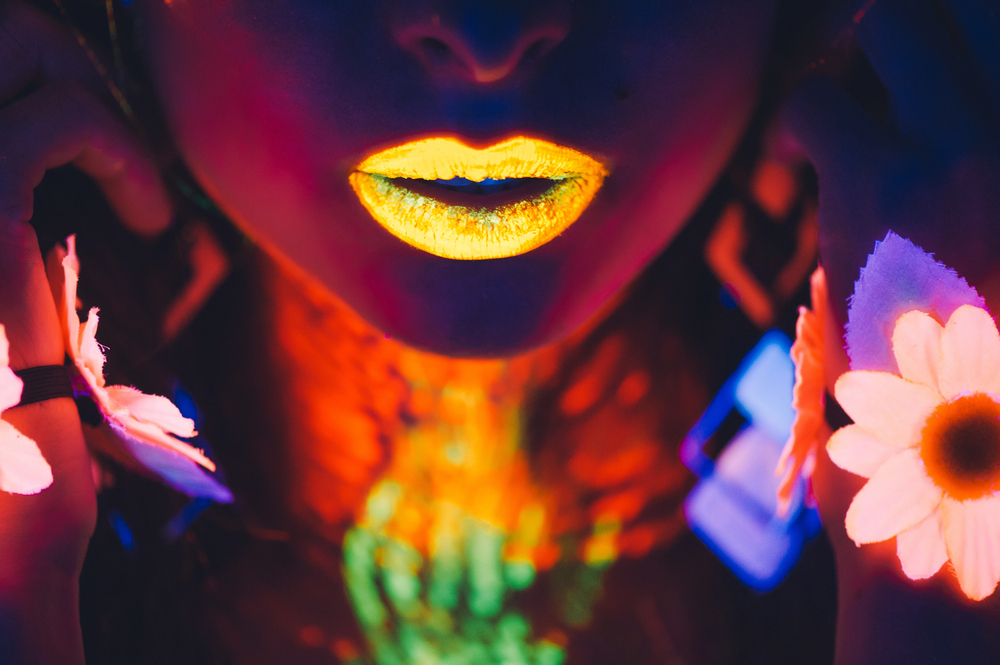
These vintage neon streets represent American commercial art at its most optimistic—bright, bold, and designed to catch attention in an increasingly competitive marketplace. From the desert highways of Route 66 to the urban entertainment districts of major cities, these illuminated landscapes tell stories of changing technology, shifting cultural values, and persistent entrepreneurial energy. The best neon photography captures not just the visual appeal of colorful glass tubes, but the cultural context that made these signs necessary and the communities that continue to value their preservation.
Whether you’re documenting historical preservation efforts or simply enjoying the aesthetic pleasure of well-designed illumination, these streets offer endless opportunities to explore how Americans have used light to express identity, attract customers, and brighten the night.
More from Travel Pug

- Cities Growing so Fast You Won’t Recognize Them in 10 Years
- 13 Destinations Where Tourists Regularly Regret Their Trip
- 16 U.S. Cities That Are Quietly Becoming Travel Hotspots
- Where to Travel If You Love Long Bus Rides and Daydreams
- 20 Cities Perfect for Solo Travelers Who Crave Adventure & Culture
Like Travel Pug’s content? Follow us on MSN.
